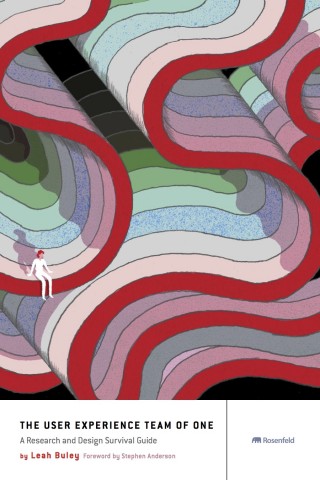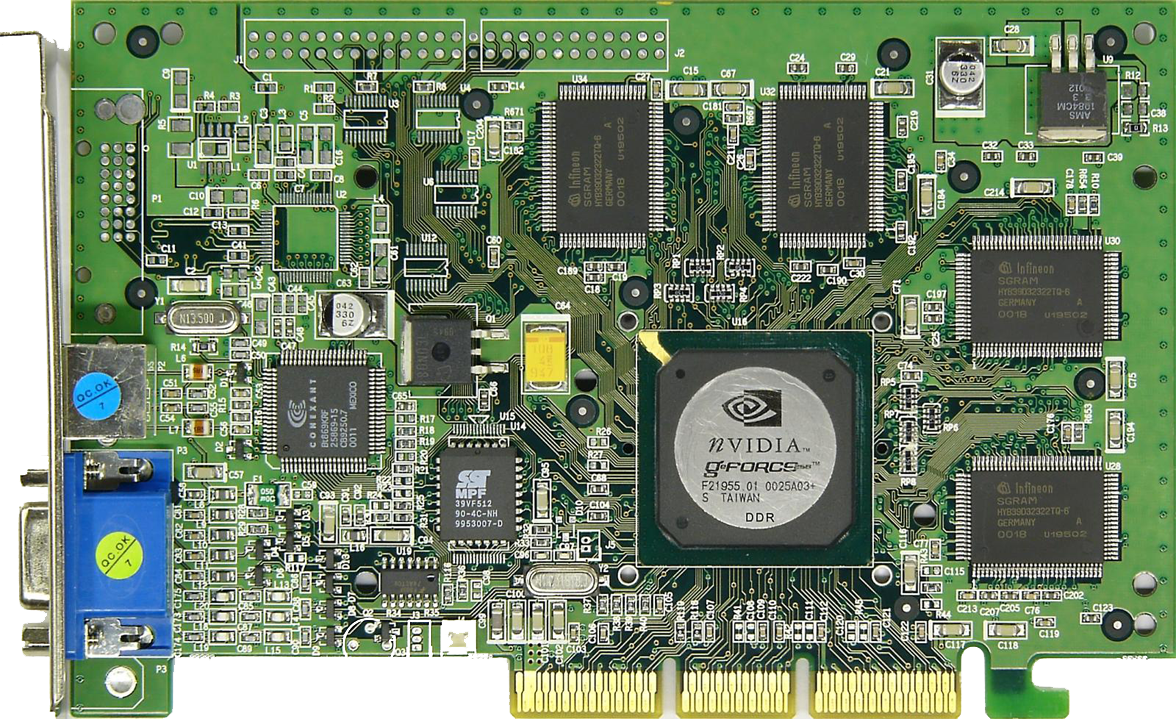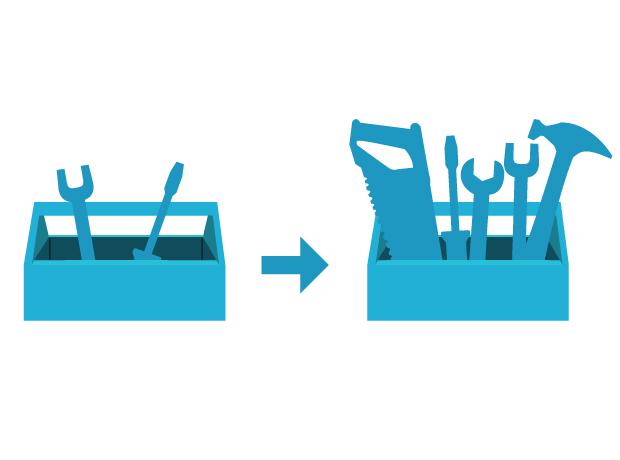Reuse Block
Paragraph Now look Text
Can’t wait to read our entire series, How to Build a Killer MVP App? Join us for our webinar on August 31st, 2023, or contact us today for a free MVP consultation.
Paragraph Now look Text
Can’t wait to read our entire series, How to Build a Killer MVP App? Join us for our webinar on August 31st, 2023, or contact us today for a free MVP consultation.

I’ve recently made it one of my goals to learn more about UX and design. To that end, I read a book that was highly recommended by our Grio designers, The User Experience Team of One: A Research and Design Survival Guide, by Lean Buley. The book is written for people who are or want to be UX professionals, with a focus on those who either the only person in their company working on UX or who are in some way UX evangelists in their organizations. Although the intended audience of the book is UX professionals, there were also number of tips and ideas that a company like Grio can find useful. On many projects, especially when budgets and time are tight, Grio takes on the role of UX evangelist for our clients.





While going through a set of configurations to connect on a remote machine I was asked to upload my public key and I realized that I didn’t really know what that was for. If you are asking yourself the same question, or need to convince your mom she can safely use her credit card online, here is brief summary of what’s going on behind the curtains.


